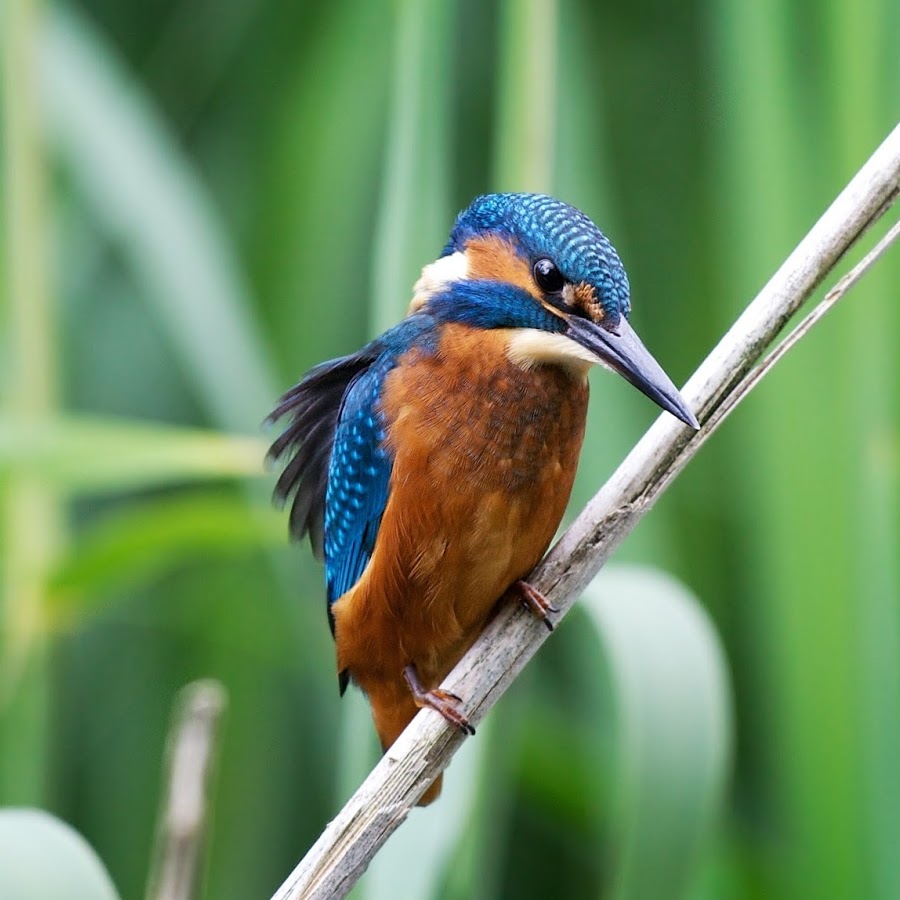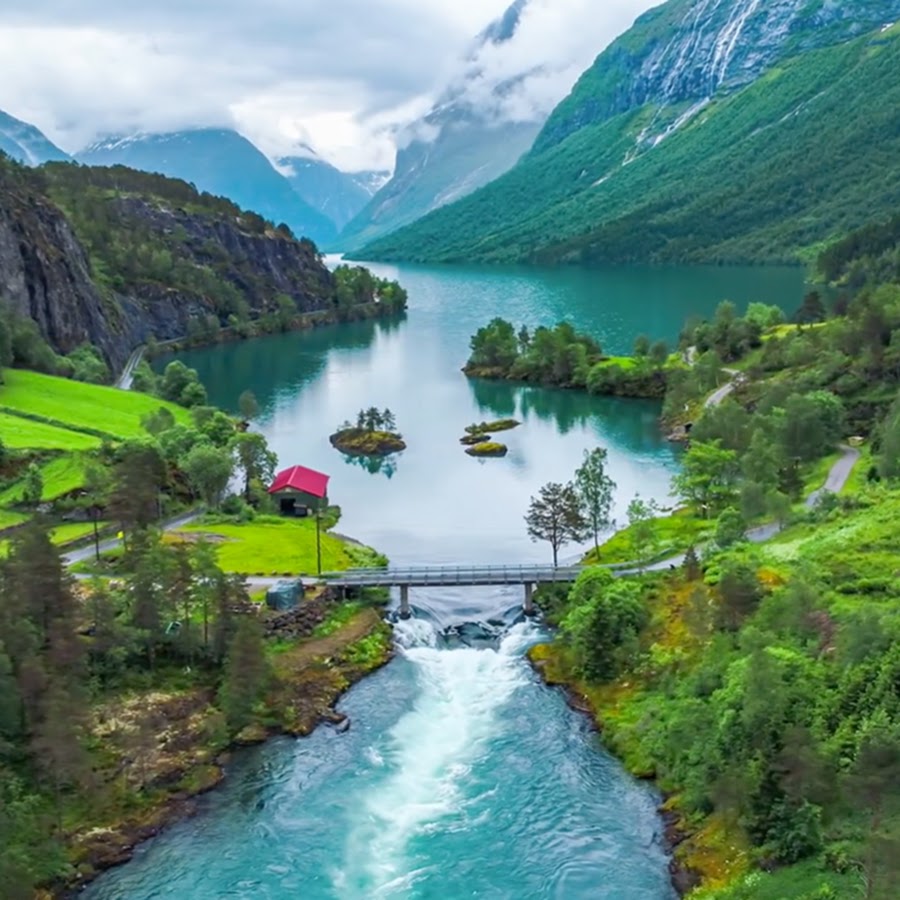Video Player is loading.
130
views •
January 20, 2021
The Wonderful World of Deep Sea Worms

Natural World Facts
0 Followed
Polychaete worms in the deep sea are among the most diverse organisms in the ocean. From giant tube worms and Pompeii worms at deep sea vents, to the ghostly tomopteris in the twilight zone, they display a number of unique adaptations in order to survive the extreme conditions.
Some secrete a giant mucus net around themselves in order to do so. Here in the midwater zone, far from both the surface and the sea floor, polychaete’s adaptations appear even more unique. Flota and swima worms both move by undulating their bodies and beating their paddle-like appendages. Far stranger is tomopteris - the dancing bristle worm - which propels itself with its large parapodia.
A common feature you might have noticed is that many of the worms that inhabit the open ocean are transparent. This is because there is no concealment in the midwater zone, and so some worms like the green bomber worm have adapted to use bioluminescence as a way to startle and distract predators. When threatened, they explode their light-producing organs called photophores, dropping a kind of bioluminescent bomb.
00:00 - Introduction
00:37 - What are Polychaete Worms?
01:02 - Pompeii Worms at Deep Sea Vents
01:50 - Symbiosis: Pompeii Worms and Bacteria
02:29 - Polychaete Worms in the Midwater Zone
02:48 - Adaptations of Polychaete Worms
03:17 - Adaptations of Tomopteris
03:30 - Why Polychaete Worms are Transparent
03:42 - Bioluminescence in Green Bomber Worms
04:02 - The Role of Polychaetes in the Nutrient Cycle
04:23 - Deep Sea Worms at Whale-Falls
04:41 - The Bone-Eating Osedax Worm
05:21 - Conclusion: The Importance of Polychaete Worms
05:52 - The Deep Sea Hub
DEEP SEA HUB: https://naturalworldfacts.com/deep-sea-hub/
Footage used is from MBARI, OceanX, the Ocean Exploration Institute and the Schmidt Ocean Institute.
Music Used:
Stairway - Patrick Patrikios
The Principle of Inner Necessity - Savfk
#deepsea #wildlife #nature #documentary #ocean #marinebiology #science #biology
Resources:
https://serc.carleton.edu/microbelife/topics/marinesymbiosis/pompeii.html
https://scribol.com/environment/animals-environment/the-pompeii-worm-the-most-fireproof-animal-on-earth/5/?as=799&asv=1
Show All 
Comment 0











